The Freak Show: Webb C. Ball’s “Freakish” Railroad Dials: Fitch Marginal Dial
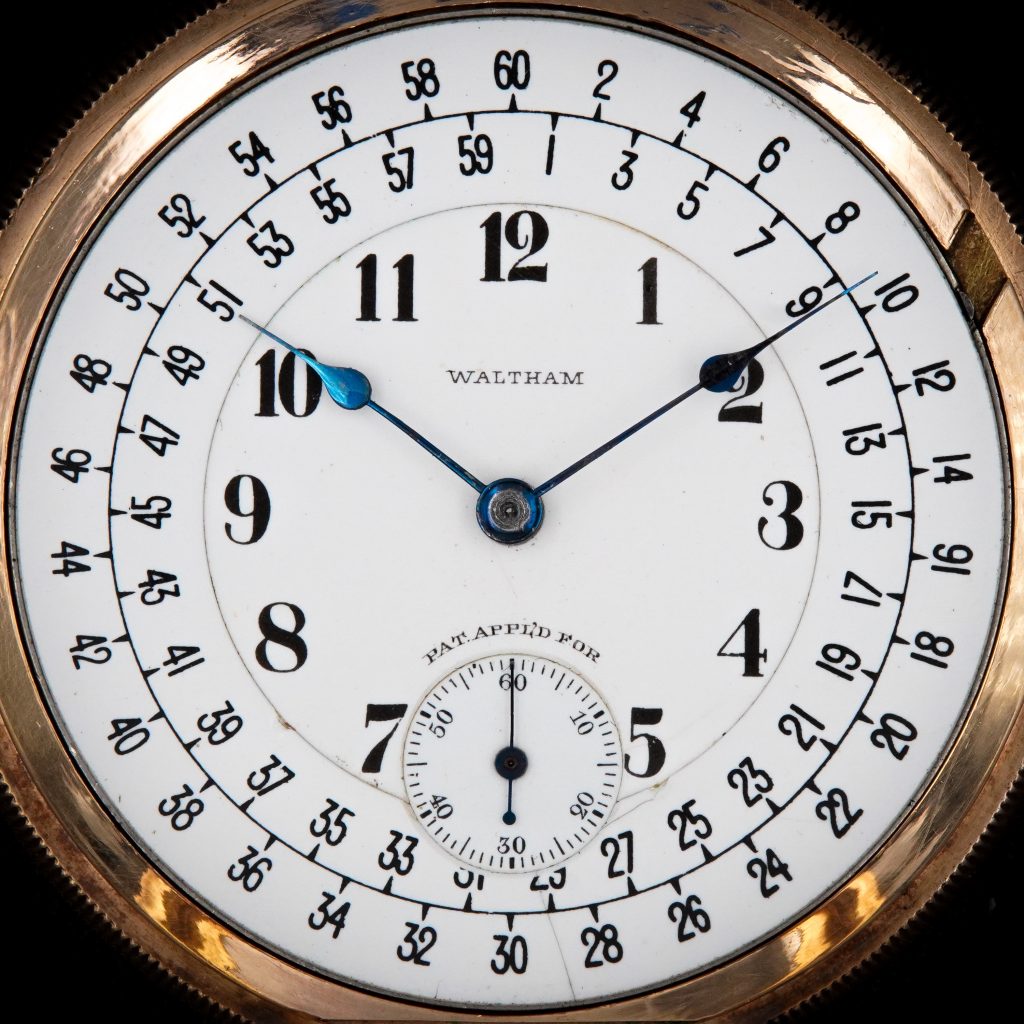
Webb C. Ball was arguably the most prolific figure associated with time inspection on the railroads. As general time inspector for many of the major railroads throughout the country, Ball frequently emphasized the importance of industry standards. At the 1920 National Safety Council meeting, he presented a paper titled, “Safety and Time Service.”
On the topic of dials, Ball wrote:
“Another very important factor of safety is the dial, that part of the watch which quickly and surely reveals the correct time to the engineer, the conductor and other trainmen. As this information is often required at night when lights are dim and obscure, it is needless to emphasize the importance of dials that give the hour and minute without any confusion of fantastic figures or freakish designs.”Webb C. Ball, Safety and Time Service (1920)
Ball included an image comparing “safe” dials to the “Freak Dials,” including a marginal figure dial attributed to Ezra C. Fitch.
This unusual dial design features staggered minute figures around the perimeter of the dial, with even numbers in an outer ring and odd numbers in an inner ring. While the dial is marked “Pat. Appl’d For,” no patent was actually granted for the design. At the time of creation around 1900, Montgomery’s Safety Dial was being introduced on the Santa Fe Railway system, and Waltham was looking to offer a dial with similar merits.
The Fitch Marginal Dials were produced in very limited quantities for Waltham’s 18-Size Model 1892 grades before being discontinued.
A similar design created by Fitch was novel enough to be granted a patent in 1901. However, the patent did not cover this staggered marginal figure arrangement.
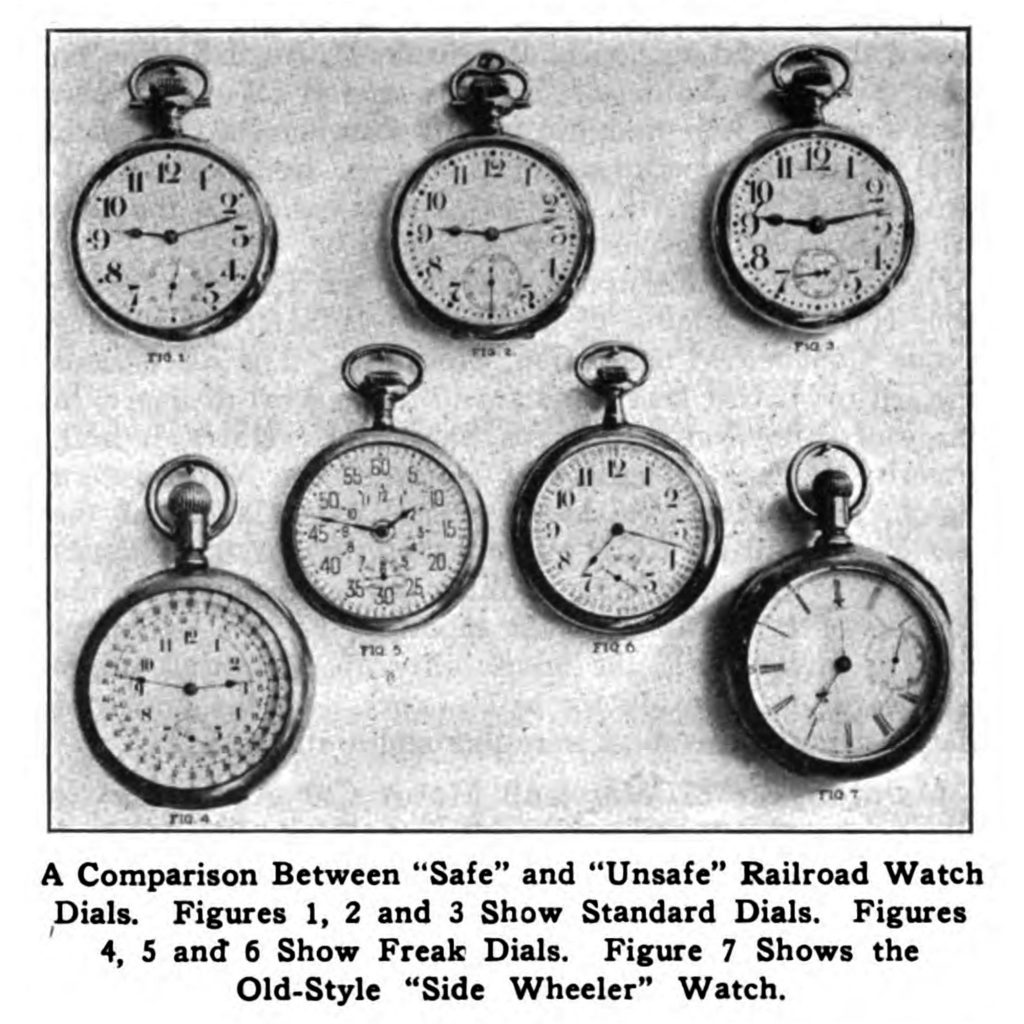

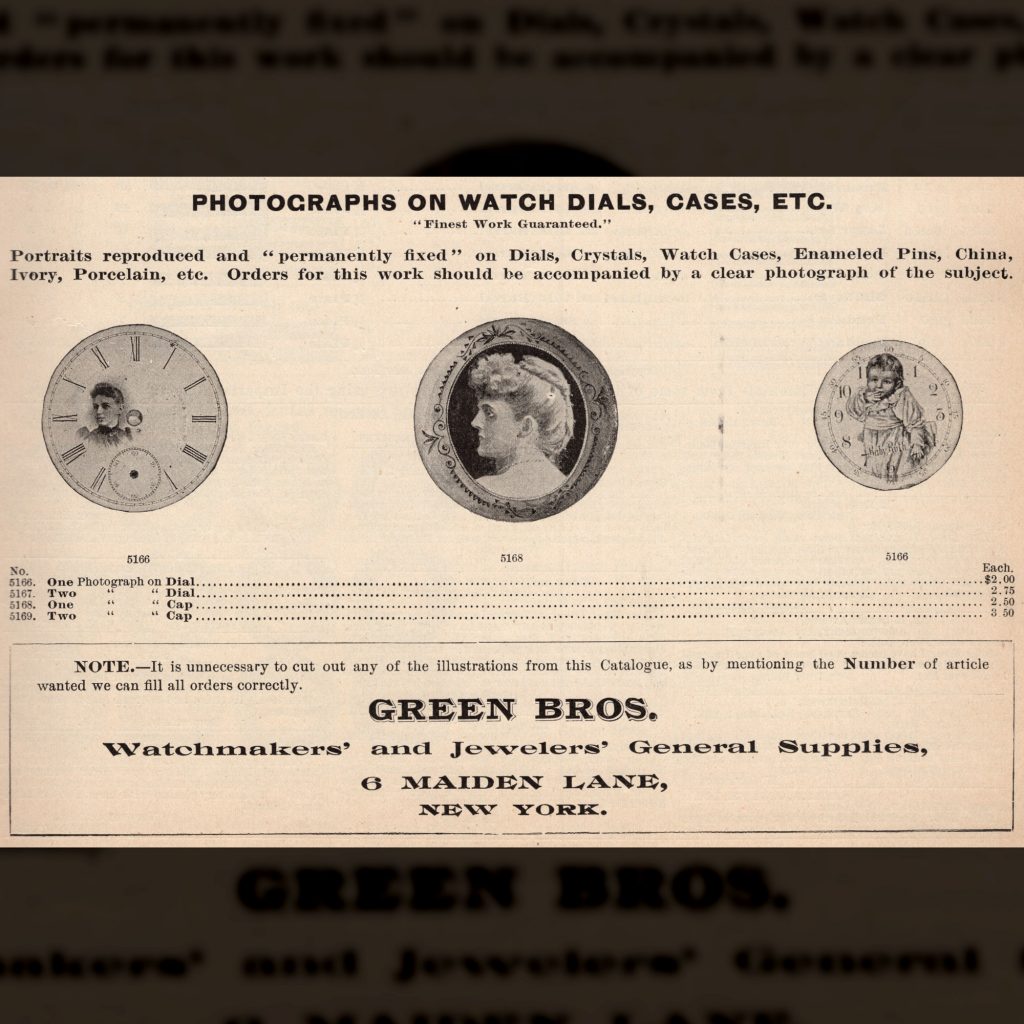
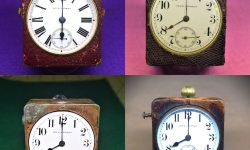
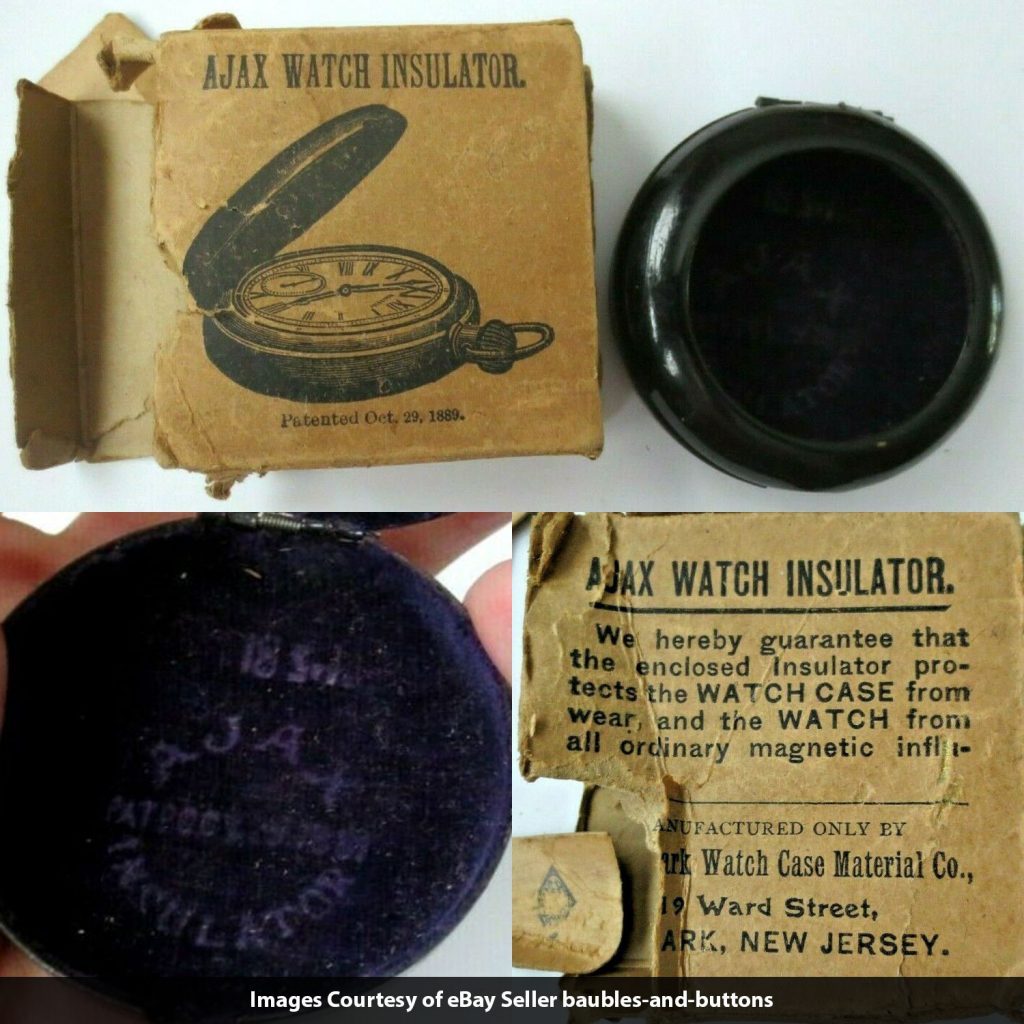
Great article! Never knew about the “Fitch” dial. Looks way too busy and confusing and can see how it became unpopular among railroad crews back then (leading to few examples made) which now makes it very popular with collectors now. 🙂
Agreed!
Yep Agee I That is way to busy and confusing for my eyes. The railroads guys would not approve… I prefer the block type Arabic dials for seeing in poor light conditions…
Fig 5 looks to be of the same vein as a Ferguson dial. Fig 6 looks like a marginal minutes dial that was in widespread use and very similar to a Montgomery dial. Why were those considered to be “freak”?
Webb C. Ball considered the marginal minutes dial and Montgomery dials messy and difficult to read. (In reality, I believe this attack was more of a marketing strategy without much merit).